Sustainable Materials for Interior Decor: Design That Feels Good and Does Good
Chosen theme: Sustainable Materials for Interior Decor. Welcome to a home page dedicated to beauty with purpose—where every texture, color, and finish tells a story of responsibility. Explore ideas, share your experiences, and subscribe for weekly, planet-positive inspiration.
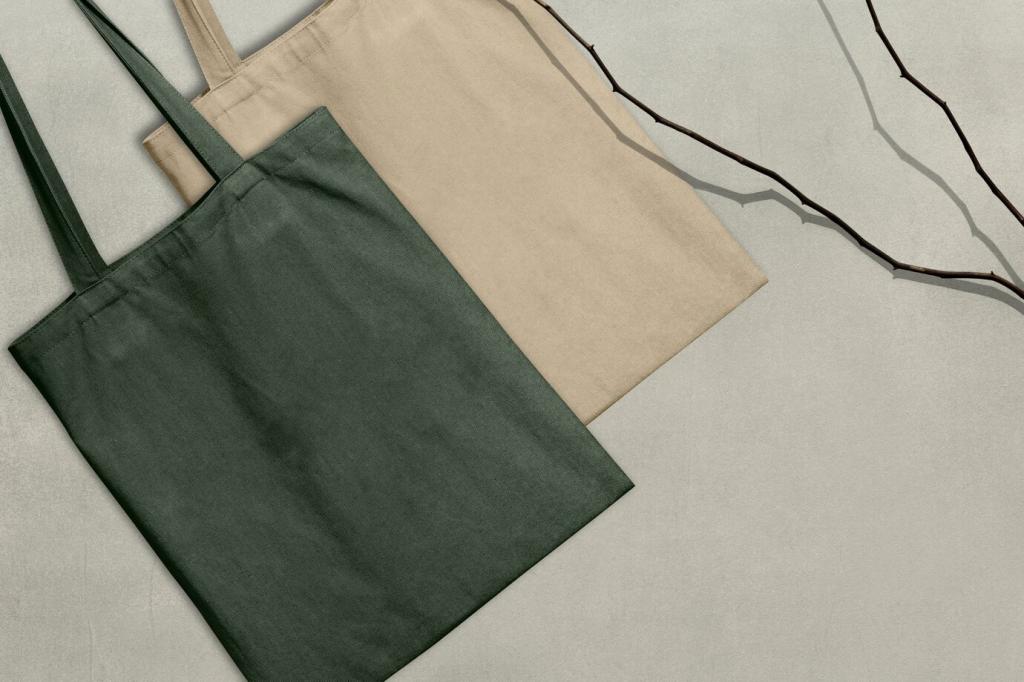
What Makes a Material Truly Sustainable
From Extraction to End-of-Life
Assess sustainability by considering renewable sourcing, energy inputs, water use, worker welfare, and recyclability. Durable design matters too: a material that lasts, can be repaired, and is easy to disassemble often beats a fragile, “greenwashed” alternative. Ask suppliers for real data, not vague claims.
Certifications That Actually Matter
Look for trustworthy labels like FSC or PEFC for wood, GOTS and OEKO-TEX for textiles, GREENGUARD Gold for low emissions, and Cradle to Cradle for circular design. Certifications are not perfect, but they provide verifiable baselines and reduce guesswork when comparing similar options.
A Short Story of a Chair
We rescued a weathered oak chair from a sidewalk, stripped a flaking varnish, and finished it with plant-based oil. The chair now anchors our reading nook, creaks less, and carries a history you can feel. Share your salvage stories, and inspire someone else to try.
Natural Textiles That Breathe
Choose linen for cool, airy drape; hemp for exceptional strength; and organic cotton for softness without heavy pesticide use. Prioritize GOTS certification for verified organic and ethical production. Tell us which fabric rules your living room—linen slipcovers or hemp curtains?
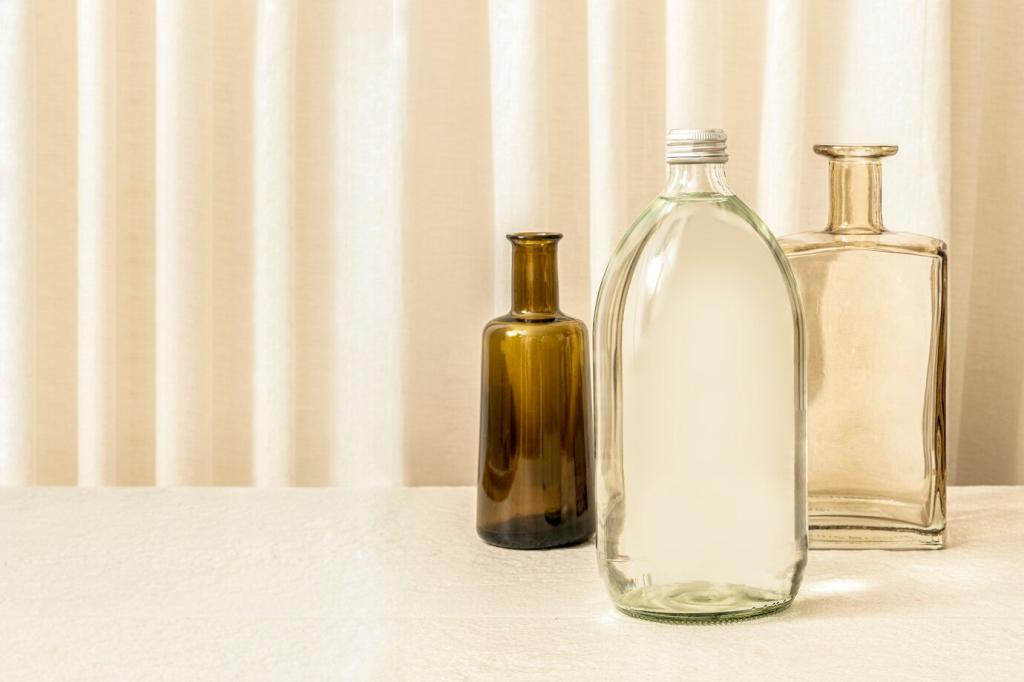
Responsible Woods, Bamboo, and Cork
Reclaimed boards deliver character and reduce demand for new timber, while FSC-certified wood supports better forestry. Ask about moisture content and acclimation to prevent warping. Share a photo of your favorite knotted plank or nail hole that tells a story in your space.
Responsible Woods, Bamboo, and Cork
Some bamboo species can grow astonishingly fast, making them a compelling renewable resource. Seek low-emission adhesives and strand-woven options for strength. Curious where to use it first—flooring, cabinetry, or blinds? Comment with your plans and we’ll share care tips.
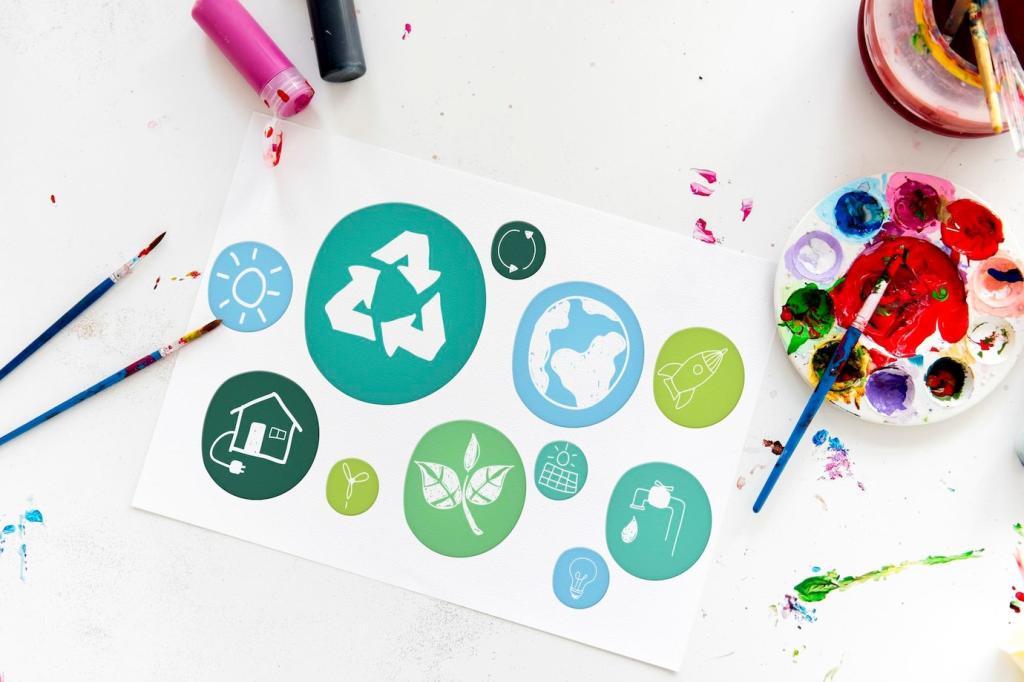
Healthy Finishes and Paints
Seek paints and sealers labeled low- or zero-VOC, verified by standards like GREENGUARD Gold. Ventilate thoroughly during application and curing. Have you noticed fewer headaches after switching to low-emission finishes? Share your experience to help others make the leap.
Healthy Finishes and Paints
Plant-based oils like tung or linseed, and natural waxes, nourish wood and reveal grain depth. Patch-test for color shift, apply thin coats, and dispose of oily rags safely. Comment if you prefer a matte, hand-rubbed sheen over a glossy polyurethane look.
Healthy Finishes and Paints
Limewash creates velvety, cloudlike walls that breathe and resist mold. Mineral paints offer exceptional durability and subtle texture. We transformed a dim hallway with pale limewash; the light now dances throughout the day. Would you try it in a bedroom or entryway first?

Smart Sourcing and Questions to Ask
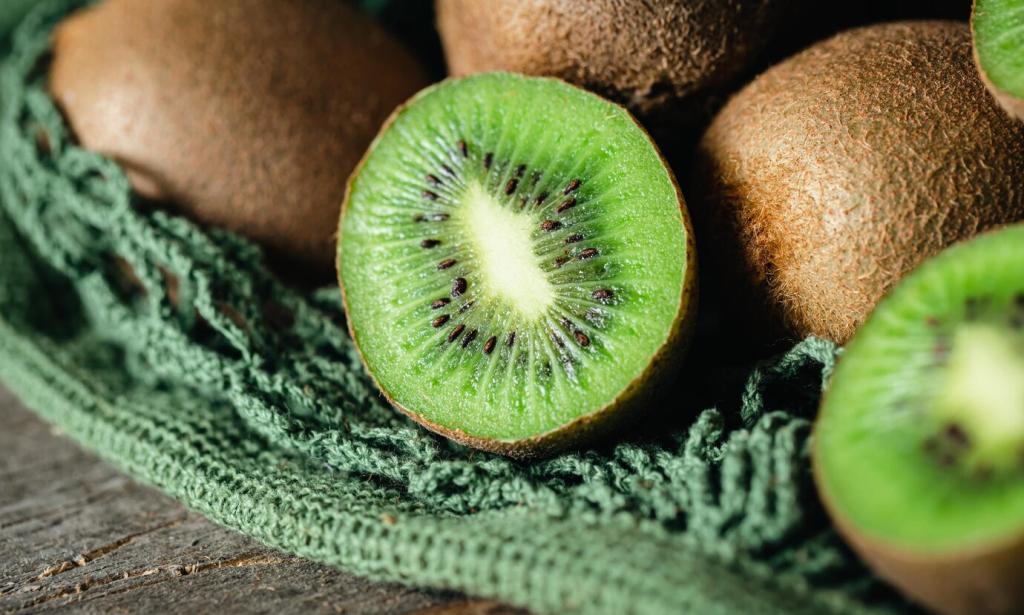
Traceability and Transparency
Request chain-of-custody documents for wood, batch numbers for finishes, and Environmental Product Declarations where available. Digital product passports are emerging—encourage suppliers to adopt them. Tell us which transparency practices would most influence your buying decisions.
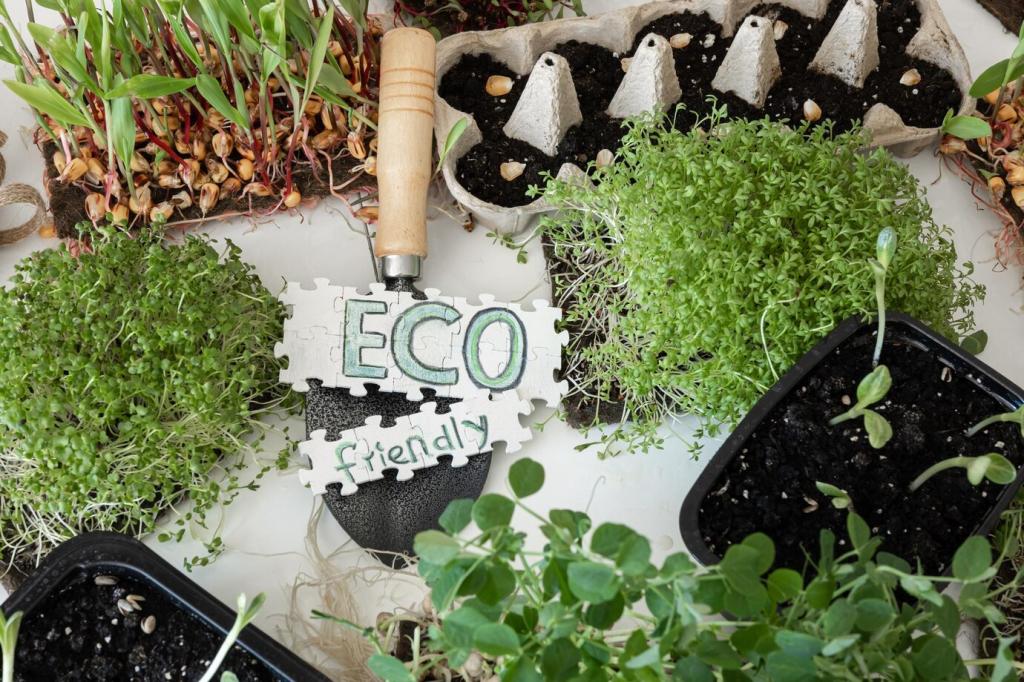
Hidden Impacts and Transport
Consider freight distance, packaging, and consolidation. A durable, locally made piece can outperform a cheaper import in lifetime impact. How do you balance cost, craftsmanship, and carbon footprint? Share your strategies for prioritizing local without sacrificing design intent.

Budgeting for Value
Think total cost of ownership: maintenance, lifespan, resale potential, and health benefits. Sustainable paint that requires fewer repaints saves money and time. Subscribe for our checklist of questions to bring on showroom visits and avoid impulse, short-lived buys.
Indoor Air and Comfort
Natural materials with low emissions support cleaner indoor air. Hygroscopic fibers like wool help buffer humidity, while breathable wall finishes reduce moisture traps. Tell us if you have noticed calmer sleep or fewer irritants after making mindful material changes.
Nature’s Palette and Texture
Earthy tones, mineral tints, and tactile weaves echo landscapes and reduce visual fatigue. Celebrate patina and variation rather than chasing uniform perfection. Comment with your favorite nature-inspired color pairing, and we’ll feature it in next week’s subscriber roundup.
Acoustics and Calm
Cork, wool rugs, felt panels, and heavy drapes dampen echoes without synthetic foams. Quieter rooms feel larger and more restful. Which space in your home needs acoustic love—home office, nursery, or living room? Share your plan and we’ll suggest material combos.
